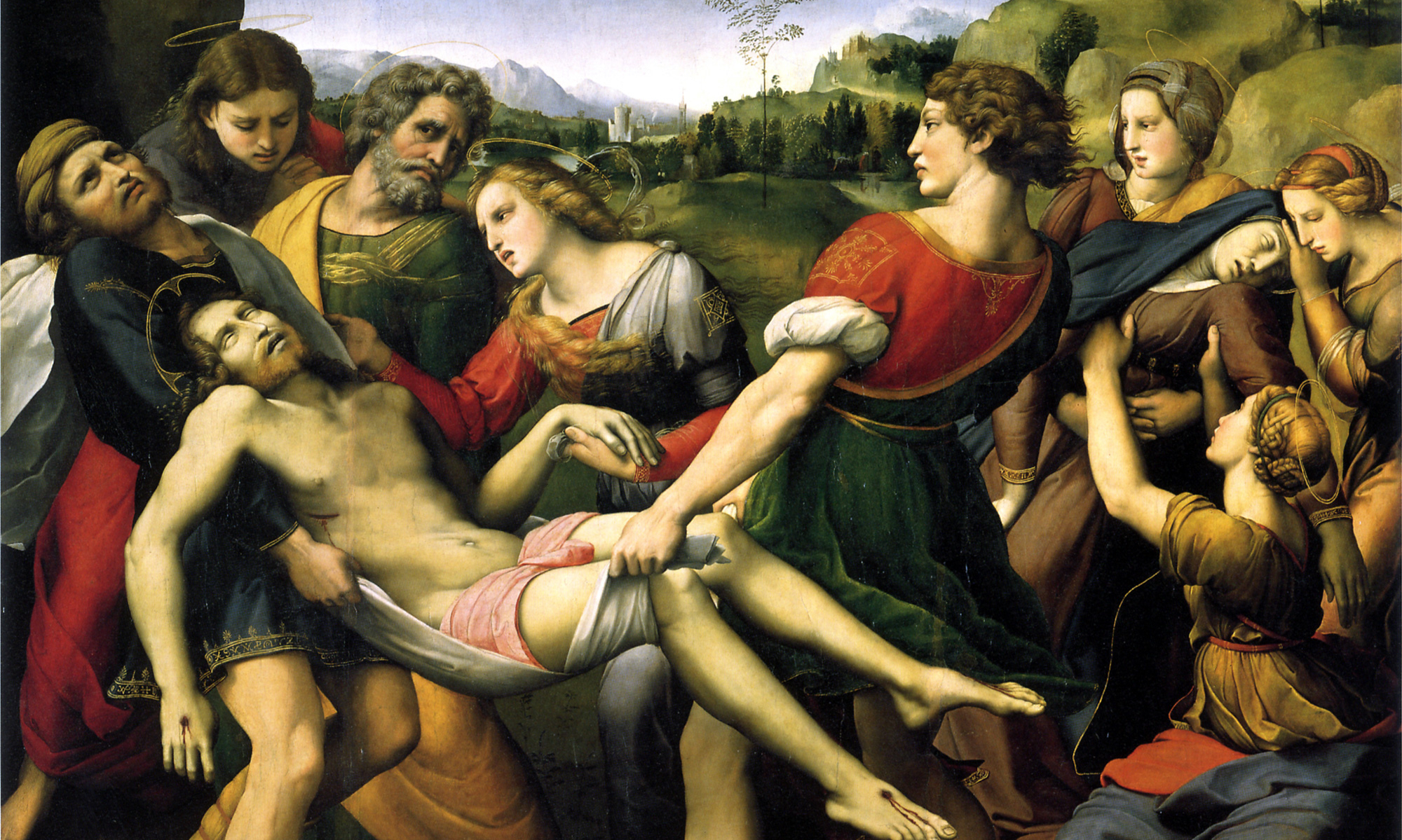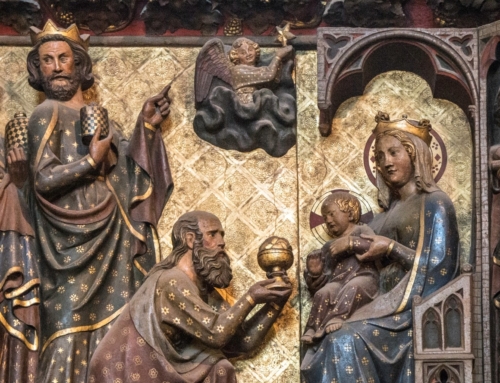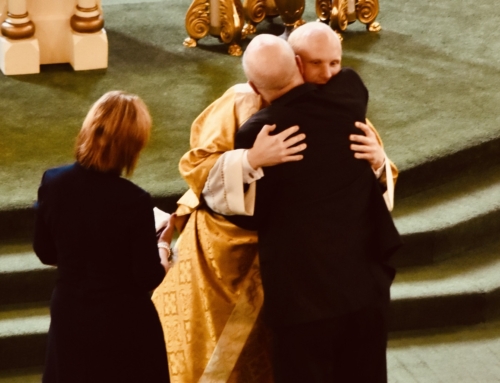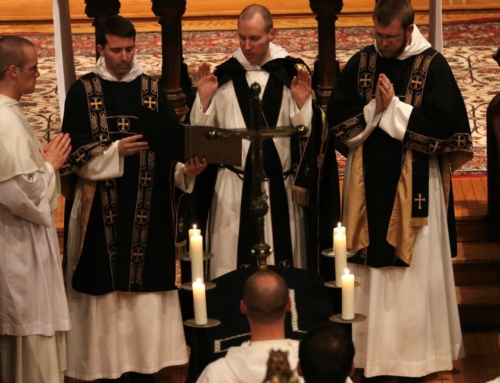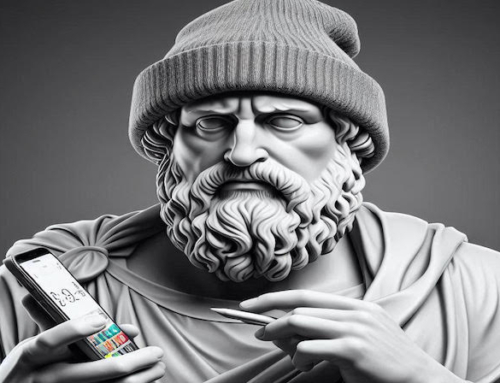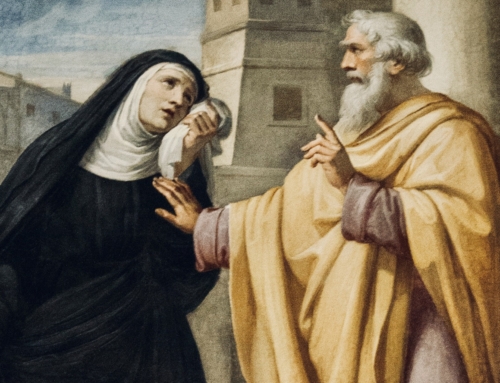Lectio Divina: A Meditation on the Gospel
With the Gospel reading from the Good Friday Liturgy as its principal source-text, this Lectio Divina (“Sacred Reading”) essay offers a prayerful meditation of the Sacred Scriptures—one which draws from the wealth of biblical literature, as well as the prayer life of the individual author.
When the stone was rolled in front of the tomb, it became real. It was one thing to see the suffering of the man of sorrows. But then those sufferings ended, and he really died. Lazarus’s closed tomb had been enough to bring Jesus himself to tears. Yet now it was Jesus’ tomb. His mother, the women, and the disciple whom Jesus loved witnessed Jesus’ suffering and death, and now they see this hole in the rocks where his corpse is placed. This scene is unquestionably sorrowful. It has inspired great art such as the pietà and great contemplation over the deep passions felt by Mary and Christ’s disciples. At the same time, the burial of Christ gives us an important moment of hope.
There is much in our faith that recounts Jesus’ burial, such as the concluding verses of John’s Passion and the Apostles’ Creed that professes that Jesus “was crucified, died, and was buried.” But Christ’s burial is usually not at the forefront of people’s mind when they contemplate the Passion. After all, it is Jesus’ sacrifice on the cross that saves us from our sin. But now that Jesus has died, he no longer offers this redemptive act as man. So what’s the point of considering his burial? Since we are saved by the death of Christ on the cross, why does his burial matter? Why not conclude today’s Gospel with Christ’s words: “It is finished”?
We need to consider Jesus’ burial because it reinforces the fact that Jesus really died. His lying in the tomb manifests the truth of his death, and Jesus could not rise from the dead without first having truly died.
Furthermore, Christ uses his burial and time in the tomb to teach us about our own resurrections. As God promised through the prophet Ezekiel, even though each of us will die and be buried, he will open our graves and have us rise from them (Ezek 37:13-14). Our own burials are holy because, like Christ our head who was laid in a tomb and rose from the dead, we and our loved ones will follow where the head has gone and rise with him on the last day.
Finally, we should love Christ’s burial in a way similar to the way we love his cross. Tomorrow night at the Easter Vigil, we will hear Paul’s Epistle to the Romans reminding us, “you were buried with Christ in baptism” (Rom 6:4). Not only are we as Christians conformed to Jesus’ cross and resurrection, but we are also conformed to the tomb. For we are dead to sin. Our sins are placed in the tomb, and Christ has risen in us. Thus, how could we not love the burial of Our Lord, since it shows what happens to death and sin with a look towards that glorious Sunday morning?
✠
Image, The Deposition, by Raphael

